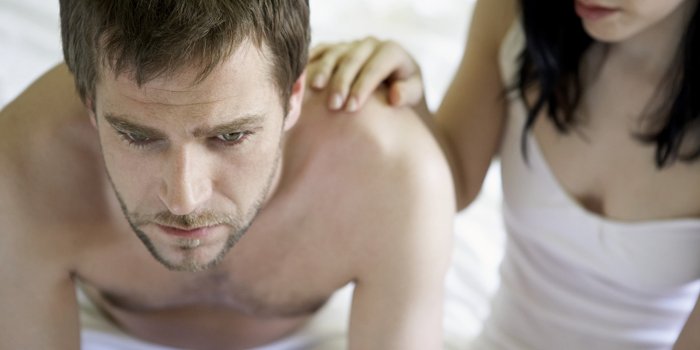Women aren’t the only victims of domestic violence. Understand the signs of domestic violence against men, and know how to get help.
Recognize the signs of domestic violence against men
Domestic violence — also known as intimate partner violence — occurs between people in an intimate relationship. Domestic violence against men can take many forms, including emotional, sexual and physical abuse and threats of abuse. It can happen in heterosexual or same-sex relationships.
Abusive relationships always involve an imbalance of power and control. An abuser uses intimidating, hurtful words and behaviors to control his or her partner.
It might not be easy to recognize domestic violence against men. Early in the relationship, your partner might seem attentive, generous and protective in ways that later turn out to be controlling and frightening. Initially, the abuse might appear as isolated incidents. Your partner might apologize and promise not to abuse you again.
You might be experiencing domestic violence if your partner:
- Calls you names, insults you or puts you down
- Prevents you from going to work or school
- Stops you from seeing family members or friends
- Tries to control how you spend money, where you go or what you wear
- Acts jealous or possessive or constantly accuses you of being unfaithful
- Gets angry when drinking alcohol or using drugs
- Threatens you with violence or a weapon
- Hits, kicks, shoves, slaps, chokes or otherwise hurts you, your children or your pets
- Forces you to have sex or engage in sexual acts against your will
- Blames you for his or her violent behavior or tells you that you deserve it
If you’re gay, bisexual or transgender, you might also be experiencing domestic violence if you’re in a relationship with someone who:
- Threatens to tell friends, family, colleagues or community members your sexual orientation or gender identity
- Tells you that authorities won’t help a gay, bisexual or transgender person
- Tells you that leaving the relationship means you’re admitting that gay, bisexual or transgender relationships are deviant
- Justifies abuse by telling you that you’re not “really” gay, bisexual or transgender
- Says that men are naturally violent
Don’t take the blame
You may not be sure whether you’re the victim or the abuser. It’s common for survivors of domestic violence to act out verbally or physically against the abuser, yelling, pushing or hitting him or her during conflicts. The abuser may use such incidents to manipulate you, describing them as proof that you are the abusive partner.
You may have developed unhealthy behaviors. Many survivors do. That doesn’t mean you are at fault for the abuse.
If you’re having trouble identifying what’s happening, take a step back and look at larger patterns in your relationship. Then, review the signs of domestic violence. In an abusive relationship, the person who routinely uses these behaviors is the abuser. The person on the receiving end is being abused.
Even if you’re still not sure, seek help. Intimate partner violence causes physical and emotional damage — no matter who is at fault.
Children and abuse
Domestic violence affects children, even if they’re just witnesses. If you have children, remember that exposure to domestic violence puts them at risk of developmental problems, psychiatric disorders, problems at school, aggressive behavior and low self-esteem. You might worry that seeking help could further endanger you and your children, or that it might break up your family. Fathers might fear that abusive partners will try to take their children away from them. However, getting help is the best way to protect your children — and yourself.
This excerpt is from MayoClinic.org. Click here to read the rest of the article Domestic Violence Against Men: Know the Signs

